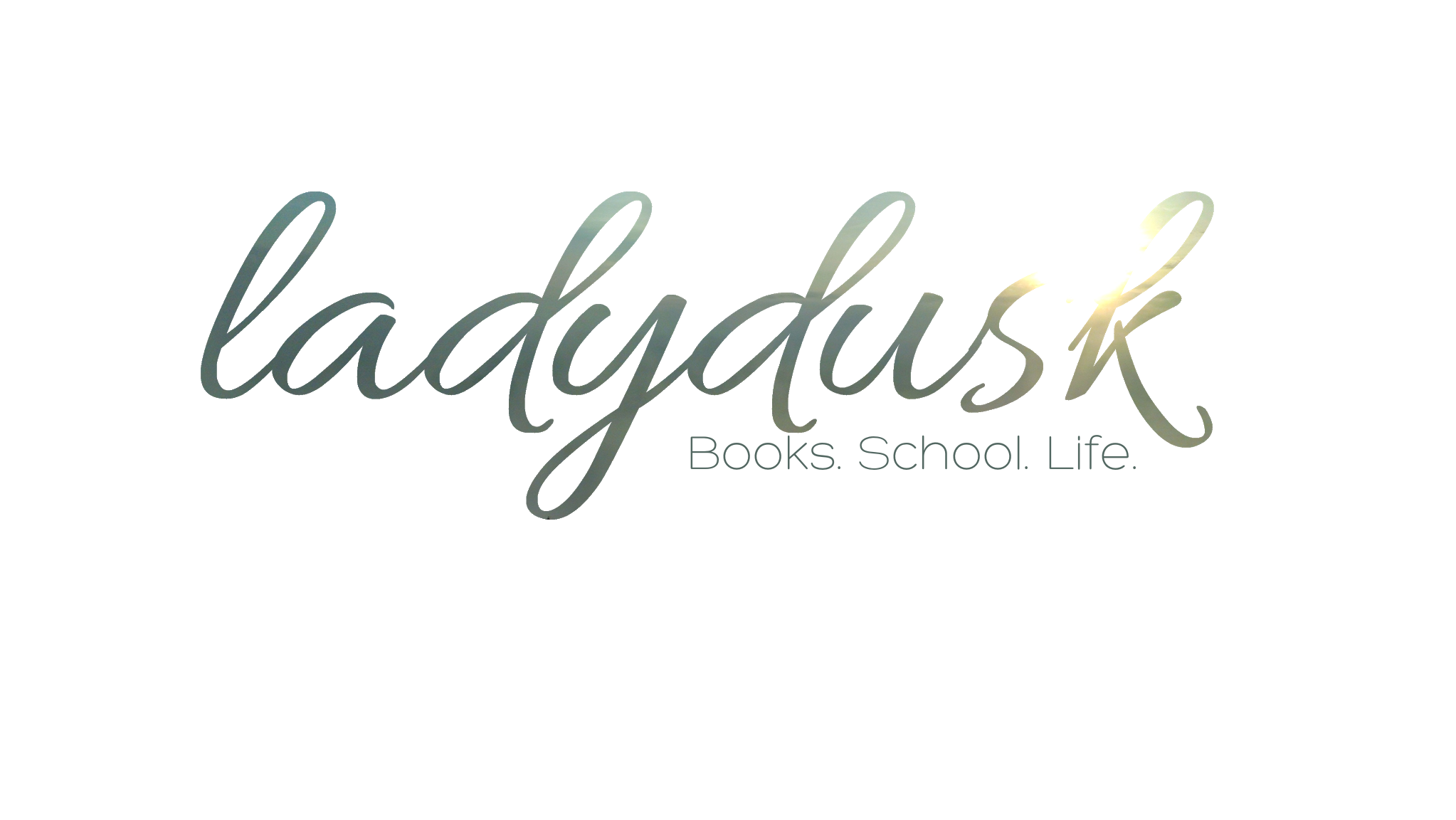Book Review: The Anatomy of Hymnody by Austin Lovelace

Anatomy of Hymnody, The–Lovelace, Austin- by Austin Lovelace
My rating: 4 of 5 stars
I really enjoyed this book. My children’s organ instructor is very knowledgeable about hymnody and recommended it to me (and teaches it in her university classes).
Mr. Lovelace has opinions and he’s not afraid to wield them.
He believes that hymns are important for congregational worship, that the music and the poetics and their marriage matters. “… the proper meter for the subject matter.” p 79 and the meter isn’t just the poetic foot but also the musical meter that match. In his introduction he says, “It became obvious that there is a relation between meter, matter, and music.”
He gives a introductory piece about Prosody and Rhyme and then digs into hymns by poetical feet – iambic, trochaic, dactylic, and anapaestic. He gives a number of examples of each, explains why specific poems fit specific tunes because of the feet and how some, like Cinderellas sisters, must adjust to fit well. Sometimes they succeed. He finishes with a discussion of mixed meter hymns – where the poem was written with specific feet for specific portions to emphasize key points or to add interest and Modulations and Poetic Devices. He defines a number of poetic devices starting with alliteration – several I was unaware of – and gives many examples of their use.
I suspect that knowing more about music itself would be a great aid to reading this book. I know some, but Lovelace expects his readers to understand music theory that is beyond my ken. I hung in with the different feet and poetic devices, but it was touch and go from time to time. What kept me going were his very decided, stated opinions about different hymns and why they work (or more often don’t).
I knew many of the hymns and could sing the tunes in my head, but there were a large portion that were unfamiliar to me, which made it harder to understand his point from time to time. Taking time to hear those tunes played (or better yet, sing the hymn!) would improve my understanding of the ideas Lovelace presents.
I suspect I’ll return to this book as my knowledge of poetry grows, and maybe I’ll ask my kids about the music. I enjoyed it despite my own ignorance.
